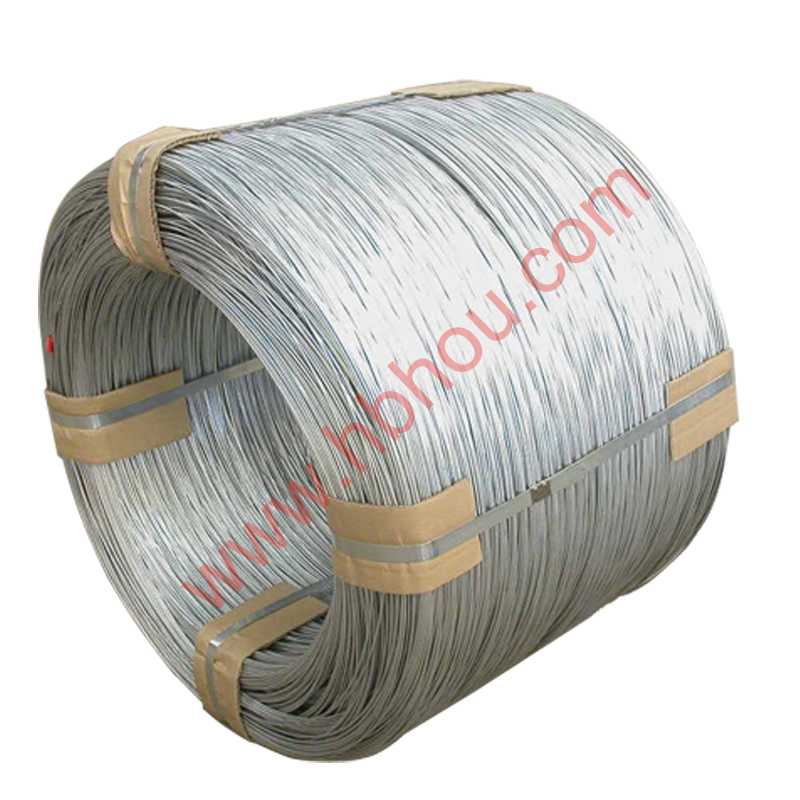Setting Round Fence Posts A Complete Guide
When it comes to building a fence, one of the most crucial steps is setting the fence posts. Round fence posts, in particular, are popular due to their minimalistic design and durability. They are often used in both residential and agricultural settings, providing a sturdy framework for various types of fencing. This article will guide you through the best practices for setting round fence posts, ensuring your fencing project is both efficient and long-lasting.
Choosing Your Materials
Before you begin, it's essential to select high-quality round fence posts. Common materials include treated wood, vinyl, and metal. Wood posts are favored for their natural appearance, while treated options resist rot and insect damage. Vinyl posts provide longevity and require minimal maintenance, while metal posts are known for their strength. Whichever material you choose, ensure it meets your local building codes and regulations.
Tools and Equipment
For a successful installation, gather the necessary tools and equipment
- Post hole digger or auger - Level - Measuring tape - Concrete mix (if you plan to use concrete for setting) - Water (if using concrete) - String line - Marking paint or stakes
Planning Your Fence Layout
Before you start digging, plan the layout of your fence carefully. Use a measuring tape to determine the distance between each post, typically ranging from 6 to 8 feet apart, depending on the fence type. Mark the location of each post using marking paint or small stakes. This step is crucial a well-planned layout ensures a straight and visually pleasing fence.
Digging the Post Holes
setting round fence posts

Using a post hole digger or auger, dig holes at least one-third of the post length deep. The diameter of the hole should be about three times the width of the post. For example, if you're using a 4x4-inch round post, aim for an 12-inch diameter hole. Make sure the holes are deep enough to provide stability against wind and weather conditions.
Setting the Posts
With the holes dug, it's time to set the posts. Place each post into its corresponding hole, ensuring it’s centered. Check that the post is plumb (vertically straight) using a level. Use stakes or braces to temporarily hold the post in place. If you're using concrete, mix it according to the manufacturer’s instructions and pour it into the hole around the post. If you're opting for gravel instead, fill the hole with gravel and tamp it down firmly.
Allow the concrete to cure as per the manufacturer’s recommendations, typically 24 to 48 hours, before proceeding to the next step. If using gravel, ensure that the post remains plumb during the setting process and leave the post to settle for a few hours.
Adding the Fence Rails
Once the posts are securely set, it’s time to add the fence rails. Depending on the type of fence you’re building (e.g., split rail, board, or ranch fencing), the installation method may vary. Make sure to space the rails evenly and secure them to the posts using appropriate fasteners.
Final Touches
Lastly, once the fence rails are installed, you may wish to stain or paint the posts for aesthetic appeal and added protection against the elements. If you’re using a wood treatment, ensure that it’s suitable for outdoor conditions.
Conclusion
Setting round fence posts is a straightforward process that requires careful planning and attention to detail. By following the steps outlined in this guide, you can create a sturdy and attractive fence that enhances your property. Whether you’re enclosing a garden, creating a boundary, or adding a rustic charm to your land, well-installed round fence posts will serve you well for many years to come. Happy fencing!
















